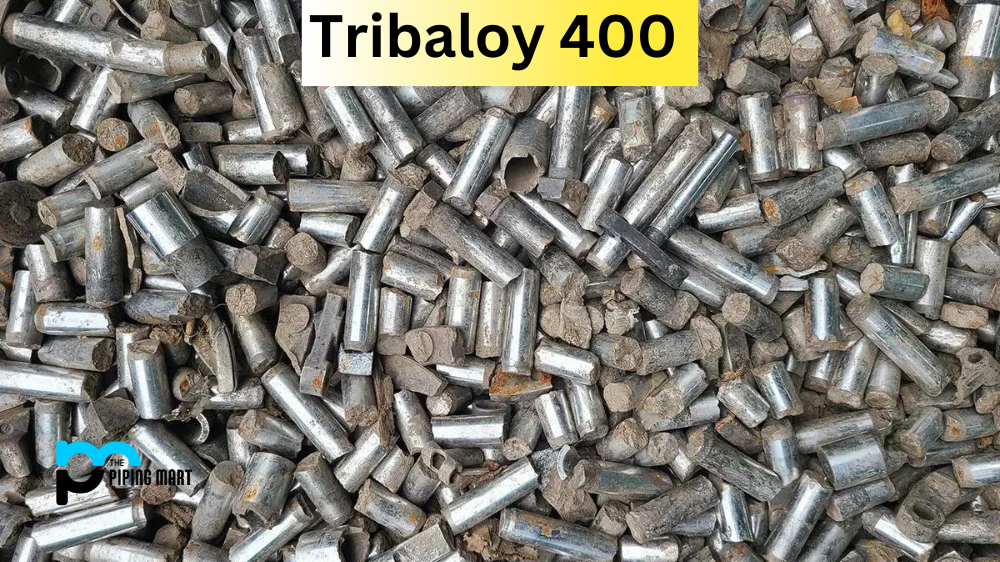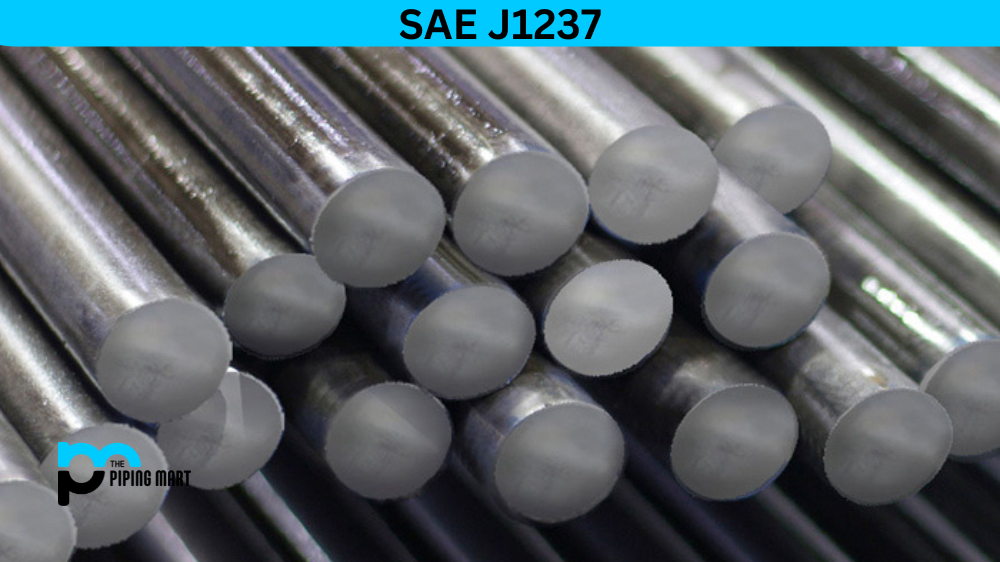The world of manufacturing and engineering has experienced a tremendous boost in the last few decades due to the availability of more advanced materials with exceptional properties. One such material is Alloy N-155, a nickel-based superalloy designed for high-temperature applications. This material is widely known for its strength, durability, and resistance to corrosion, making it suitable for several industrial applications. In this blog post, we will examine the features that make Alloy N-155 unique, their various uses, and their heat treatment and corrosion resistance properties.
Alloy N-155 Composition
This material is composed of Nickel (73 per cent), Chromium (18.5 per cent), and Cobalt (11 per cent), with the addition of small amounts of titanium and aluminium. The high nickel content ensures resistance to oxidation and corrosion, while cobalt is responsible for improving strength and preventing deformation or cracking. Also, the chromium component makes Alloy N-155 highly resistant to high-temperature corrosion and helps maintain its structural integrity.
| Element | Content (%) |
|---|---|
| Chromium, Cr | 20-22.5 |
| Nickel, Ni | 19-21 |
| Cobalt, Co | 18.5-21 |
| Molybdenum, Mo | 2.5-3.5 |
| Tungsten, W | 2-3 |
| Manganese, Mn | 1-2 |
| Silicon, Si | 1 max |
| Niobium,Nb + Tantalum, Ta | 0.75-1.25 |
| Carbon, C | 0.08-0.16 |
| Phosphorus, P | 0.04 max |
| Sulfur, S | 0.03 max |
| Nitrogen, N | 0.1-0.2 |
| Iron, Fe | Remainder |
Alloy N-155 Mechanical Properties
Alloy N-155 has an impressive combination of mechanical properties, making it ideal for high-temperature applications. Its tensile strength can reach 130 ksi, making it incredibly hard and durable. Furthermore, this material has excellent fatigue resistance and can support high-stress levels at temperatures up to 1950°F.
| Properties | Metric | Imperial |
|---|---|---|
| Poisson’s ratio | 0.298 | 0.298 |
Alloy N-155 Physical Properties
Besides its unique mechanical properties, Alloy N-155 also boasts excellent thermal conductivity, which means it can dissipate heat effectively. It has a density of 0.298 lb/in^3 and an average coefficient of thermal expansion (CTE) of 6.4 microns per inch, which are relatively low.
| Properties | Metric | Imperial |
|---|---|---|
| Density | 8.19 g/cm³ | 0.296 lb/in³ |
| Melting point | 1343°C | 2450 °F |
Alloy N-155 Equivalent
- AISI 661
- AMS 5532
- AMS 5585
- AMS 5768
- AMS 5769
- AMS 5794
- ASTM B639
- DIN 2.4964
- GE B50A484
Alloy N-155 Uses
Because of its high resistance to heat, oxidation, and corrosion, Alloy N-155 is commonly used in the aerospace, gas turbine, chemical processing, and nuclear power industries. It is used in high-temperature power plants, functioning as combustion liners, exhaust nozzles, and turbine blades. Additionally, Alloy N-155 is used in chemical processing plants, particularly in the production of sulfuric acid, thanks to its impressive resistance to corrosion.
Alloy N-155 Corrosion Resistance
The material’s excellent corrosion resistance is one of its impressive properties. It resists hot and cold aqueous environments and strong oxidizing and reducing chemicals. This means it can withstand extreme chemical conditions in which other metallic materials would degrade.
Alloy N-155 Heat Treatment
Alloy N-155 has a sensitive heat treatment process that involves different stages, such as solution annealing, air cooling, and precipitation hardening. The solution annealing process is crucial as it determines the alloy’s structural characteristics and mechanical properties. Precipitation hardening is done to improve its strength and durability.
Alloy N-155 Machining
Machining of Alloy N-155 requires high-speed steel tools to avoid work hardening. Also, it requires water-based lubricants rather than mineral-based lubricants or oil to prevent the material from smearing.
Alloy N-155 Welding
Alloy N-155 is weldable with the standard nickel-based welding processes, such as TIG and plasma arc welding. However, welding requires care and expertise to prevent weld decay and brittleness.
Conclusion
With impressive mechanical and physical properties, particularly its excellent resistance to high-temperature corrosion, Alloy N-155 is undoubtedly an excellent material in the industrial world. Its unique properties make it ideal for various applications in high-temperature environments, ranging from aerospace to chemical processing plants. While its sensitive heat treatment and care must be taken when welding it, the benefits of using Alloy N-155 far outweigh the challenges. Unsurprisingly, Alloy N-155 is fast becoming a material of choice among engineers and manufacturers in the quest for more advanced materials.

Abhishek is a seasoned blogger and industry expert, sharing his insights and knowledge on various topics. With his research, Abhishek offers valuable insights and tips for professionals and enthusiasts. Follow him for expert advice on the latest trends and developments in the metal industry.




